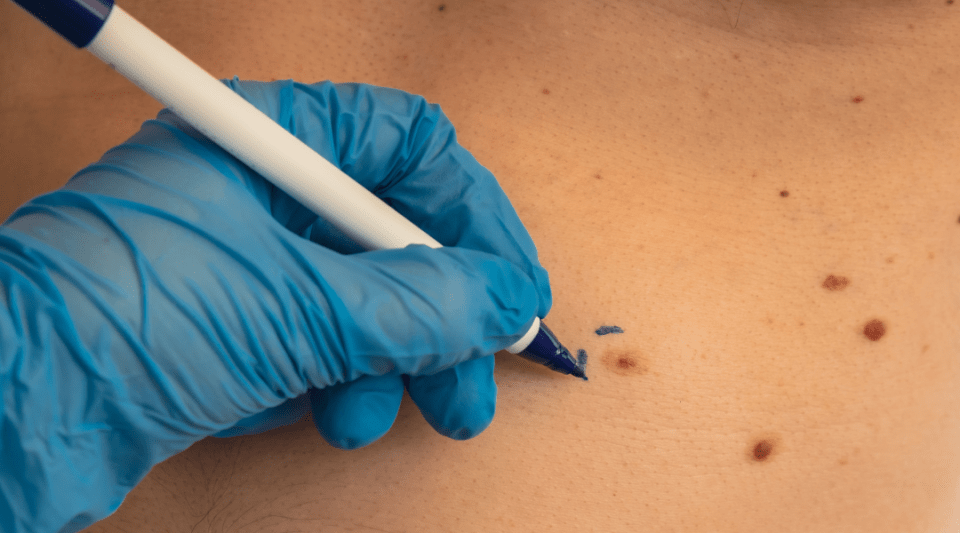HPV affects millions of women each year, with at least 80% of sexually active women being exposed to the virus at some point in their lives. Although many infections are transient and asymptomatic, the immunological and hormonal changes that occur during pregnancy can alter the virus’s behaviour.
Factors making HPV relevant during pregnancy:
-
Immunological changes: The immune system undergoes natural modifications to protect the foetus from rejection. These can promote the persistence or progression of HPV.
-
Changes in cervical tissue: Pregnancy-induced cervical changes can make the cervix more susceptible to lesions caused by HPV.
-
Risk of vertical transmission: The virus can be transmitted to the newborn during delivery or, less frequently, through the placenta.
Complications during pregnancy associated with human papillomavirus
A meta-analysis published in The Journal of Infectious Diseases looked at how HPV can influence pregnancy and birth outcomes. This study revealed that maternal HPV infection is associated with:
- Miscarriage: Persistent infections increase the risk of pregnancy loss, probably due to chronic inflammation of the cervical tissue.
- Premature birth: HPV-induced cervical inflammation can weaken the structure of the cervix, increasing the chances of premature birth.
- Intrauterine growth restriction (IUGR): Placental dysfunction in HPV infections has been observed to affect foetal development.
Although not all infected women will develop complications, this study highlights that HPV can have a significant impact on the course of pregnancy.
Vertical HPV transmission: How does it affect the baby?
The risk of HPV transmission from mother to child has been extensively studied. A recent study confirmed that vertical transmission is possible and depends on several factors:
-
Vertical transmission rate: This can range from 5% to 72%, depending on the type of HPV and the maternal viral load.
-
Routes of transmission: The virus can be transmitted during vaginal delivery, through direct contact with active lesions or even transplacentally.
-
Neonatal persistence: Some infected newborns retain the virus during the first years of life, which increases the risk of developing related diseases, such as recurrent respiratory papillomatosis.
Although vertical transmission does not occur in all cases, identifying active infections in the mother is crucial for minimising risks and ensuring appropriate paediatric care.
Screening and treatment in pregnant women
Managing HPV in pregnancy requires a careful balance between maternal health and foetal safety. An comprehensive review proposed the following measures:
- Prenatal screening: HPV detection and cervical cytology are essential for detecting active lesions and planning management.
- Monitoring cervical lesions: Most low-grade lesions do not require immediate treatment, as they usually resolve spontaneously after delivery.
- Surgical therapies: Surgery may be considered for high-grade lesions or suspected invasive cancer, but these should be carefully evaluated to avoid obstetric complications.
Benefits of proper monitoring
Personalised clinical management minimises risks for both mother and foetus, ensuring optimal results. Understanding how HPV affects expectant mothers is essential for preventing complications and ensuring the wellbeing of mother and child.






